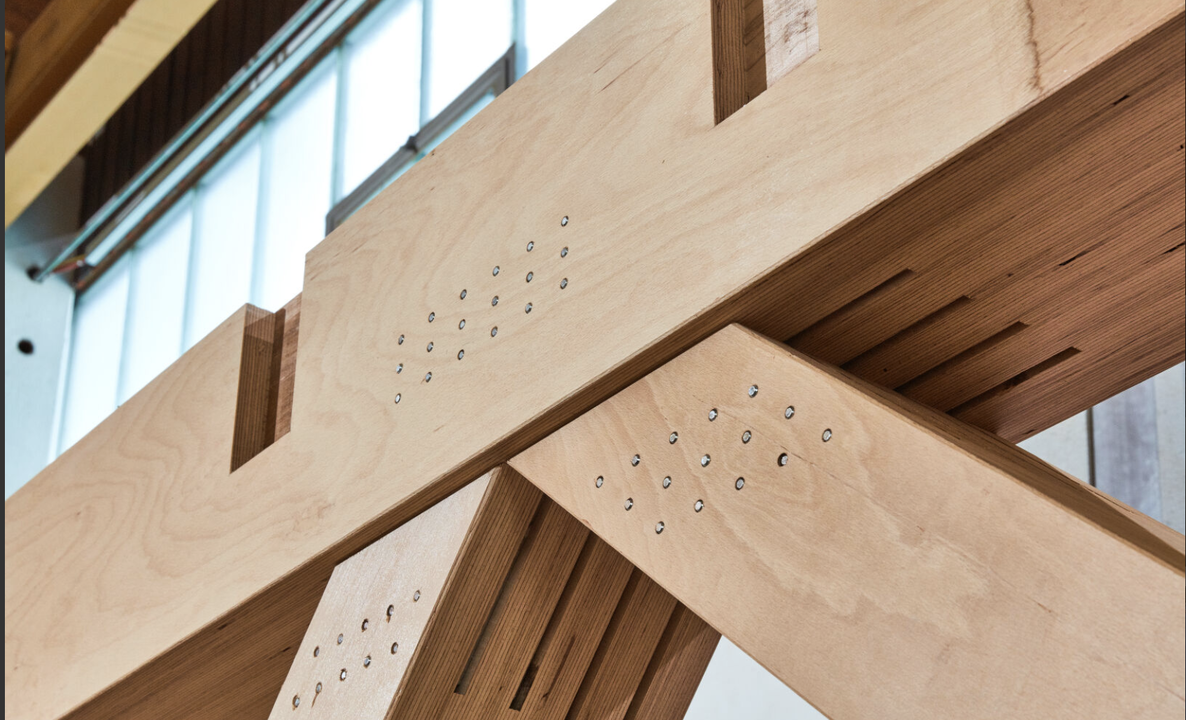How to Paint Your Bathroom’s Ceramic Tile Floors In 7 Easy Steps
If you’re tired of looking at your dull bathroom tile floor, painting it is an excellent way to revamp its appearance. With a fresh coat of paint, you can easily give your bathroom a brand-new look and bring life back into the space. It is a simple yet effective solution that can make a significant difference in your bathroom.
While replacing floor tiles can be expensive and requires a lot of time and effort, painting them may seem like an appealing and cost-effective solution. However, painting tiles is not always the magic fix one might expect it to be. There are several issues that could arise, such as the paint chipping off or not adhering to the surface properly. Therefore, it is important to weigh the benefits and drawbacks carefully before embarking upon a tile-painting project.
But if you’ve decided to paint ceramic tile floor, we’re happy to share with you our own experience and process. We suggest you prepare the right materials and follow our outlined steps to ensure you end up with a beautiful, long-lasting finish.
Steps to Paint Ceramic Tile Floor of Your Bathroom
Step 1: Sand The Tile Floors
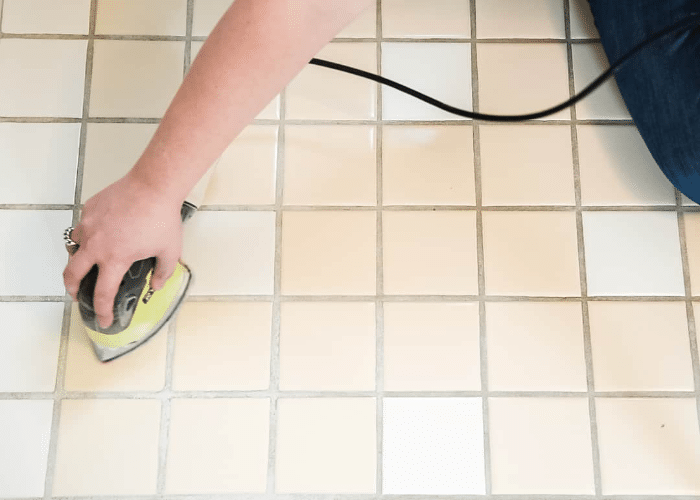
Sanding the tile is essential to roughen up its surface and ensure that the primer will stick to it effectively. The aim is not to eliminate the glazed finish of the tile but rather to roughen it up. It’s important to note that ceramic tiles may contain lead. Therefore, if you’re not certain about your tiles, it’s highly recommended to test them or seek advice from a professional. Don’t take any chances with your health and safety when it comes to lead exposure. Make sure to wear protective eyewear and a suitable mask or respirator while sanding to prevent inhalation of dust. Prevent dust from spreading to different parts of the house by confining it to the area you’re cleaning.
Step 2: Clean Your Floors

Once you finish sanding, diligently remove all the dust and debris. After that, start cleaning the floors thoroughly. For heavy-duty cleaning and stripping, any high-quality cleaning product will help you better. Next, thoroughly clean the entire floor using a nylon scrub brush. And wash it off with warm water the second time. The cleaner the surface, the better the paint will adhere, giving you a flawless finish that will last.
Step 3: Missing Grout or Cracked Tiles
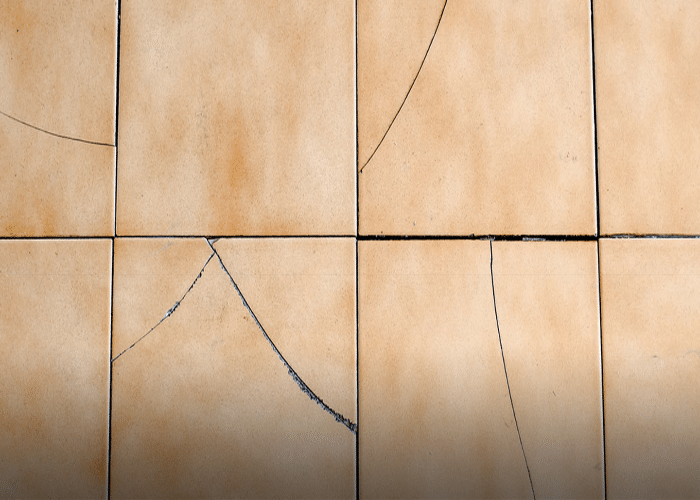
If the grout on your floor is in terrible condition, with numerous sections where it’s chipped and missing, you need to regrout it. Regrouting can be a hard task that requires extensive work, including the laborious process of removing the old grout. Instead, you can opt for a more efficient solution by applying paintable caulk to cover any exposed areas on the grout. It will render it immaculate and polished. Then, you need to repair or replace any cracked tiles too. If it is cracked, you can simply caulk the cracked portion and sand down the edge a bit instead of replacing it.
Step 4: Apply a Good Primer
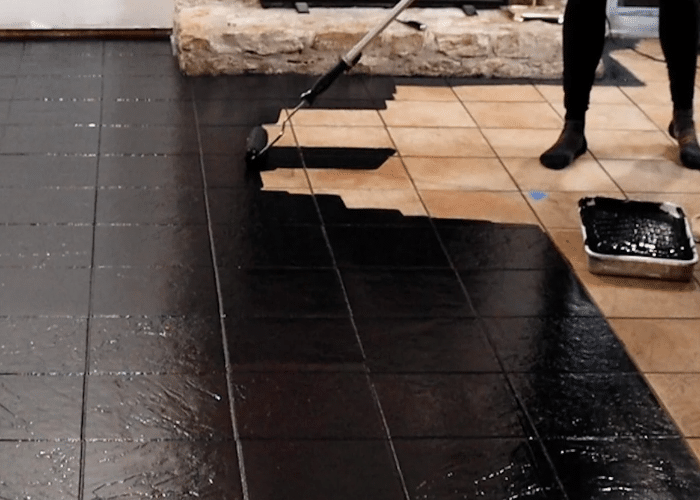
If you want to paint ceramic tile and achieve a flawless result, using a high-quality primer is essential! For a smooth and efficient priming job, try a combination of a paintbrush and a small roller. First, use the brush to apply primer to edges and grout lines, ensuring proper coverage. Next, use the roller to quickly coat the bulk of the surface with primer for a consistent finish. This two-step process will yield a professional-looking result that you can be proud of. Ensure that you begin from the farthest wall and work your way toward the door. This will prevent you from getting stuck in a corner. By starting at the back, you’ll have more space to work and can move seamlessly towards the door. After the first coating has dried, apply a second coat using the same method. This will ensure proper coverage and improve the overall appearance of the floor.
Step 5: Paint Your Ceramic Tile

To paint a ceramic tile floor, use the same technique as when you primed the tile. You should paint the edges and grout with a paintbrush and then roll the rest of the tile surface. To ensure long-lasting results, opt for using high-quality paint that’s specially designed to withstand heavy usage and rough handling. Make sure to carefully read the paint instructions on the container before applying the paint. So, take your time, follow the guidelines, and achieve the best possible results.
Step 6: Seal Your Ceramic Tile
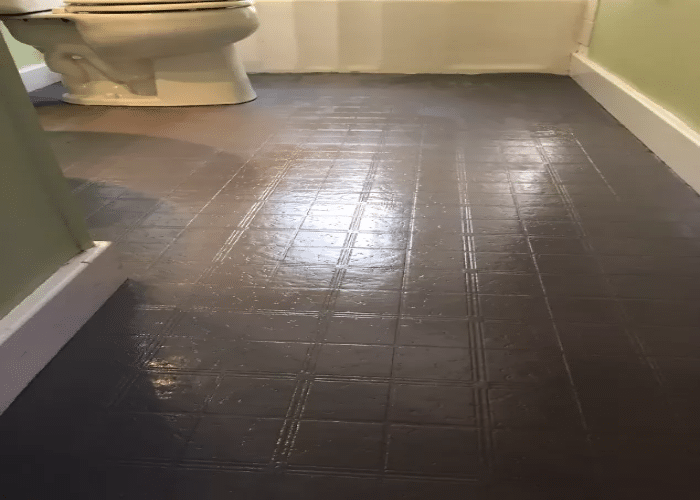
If you decide to take it a step further, it’s highly recommended to seal your tiles. This will provide an extra layer of protection and help maintain the tile’s longevity. If you use high-quality paint designed to endure wear and tear, you won’t need to apply an extra coating as it’s already highly durable. But if your floors are subject to heavy usage, it is highly recommended to apply a topcoat to preserve their quality. This will ensure that they remain looking great for longer despite the daily wear and tear they receive.
Step 7: Let Your Floor Dry Completely & Then Use It
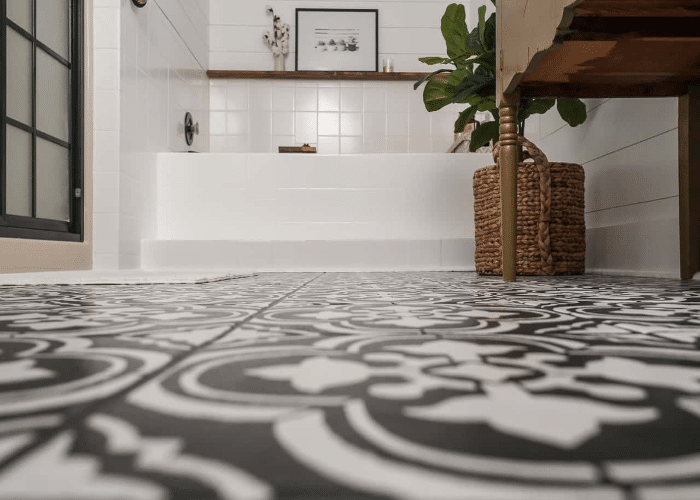
Once you have applied the final coat of paint or sealed your floor, it is important to be patient and allow it to dry fully for at least a couple of days. The level of humidity in the area can affect the drying time, so be mindful of that. It is best to treat your floor with care during the initial weeks after finishing it, ensuring it fully cures and dries. Avoid wearing shoes with heels or doing anything that could damage the surface while it dries and settles in.
Conclusion
If you’re looking for a fun and budget-friendly way to give your bathroom a makeover, consider painting those broken ceramic tiles instead of replacing them outright.
Not only will this save you a ton of money, but it’s also an opportunity to get creative and add a little personality to your space.
However, there can be negative consequences if you don’t execute it correctly. You may even have to spend more to get the ceramic tiles fixed.
So, if painting ceramic tile floors is something you really want to do, make sure you approach the project with caution. It’s important that you take your time and exercise care when executing it.
Frequently Asked Questions
Should I Paint Grout Lines?
To achieve a smoother and more consistent look, you can apply paint directly over the grout lines. Alternatively, if you’d like to keep the distinct appearance of the grout lines, you can tape them off before painting. Both options can give your space a refreshed and polished appearance.
How Do I Clean My Floor After It Has Been Coated with The Home Interior Floor Coating?
After letting your floor cure completely, you can safely clean it using a mild soap and water solution, but make sure you wait at least 7 days first. Avoid using harsh cleaning agents.



